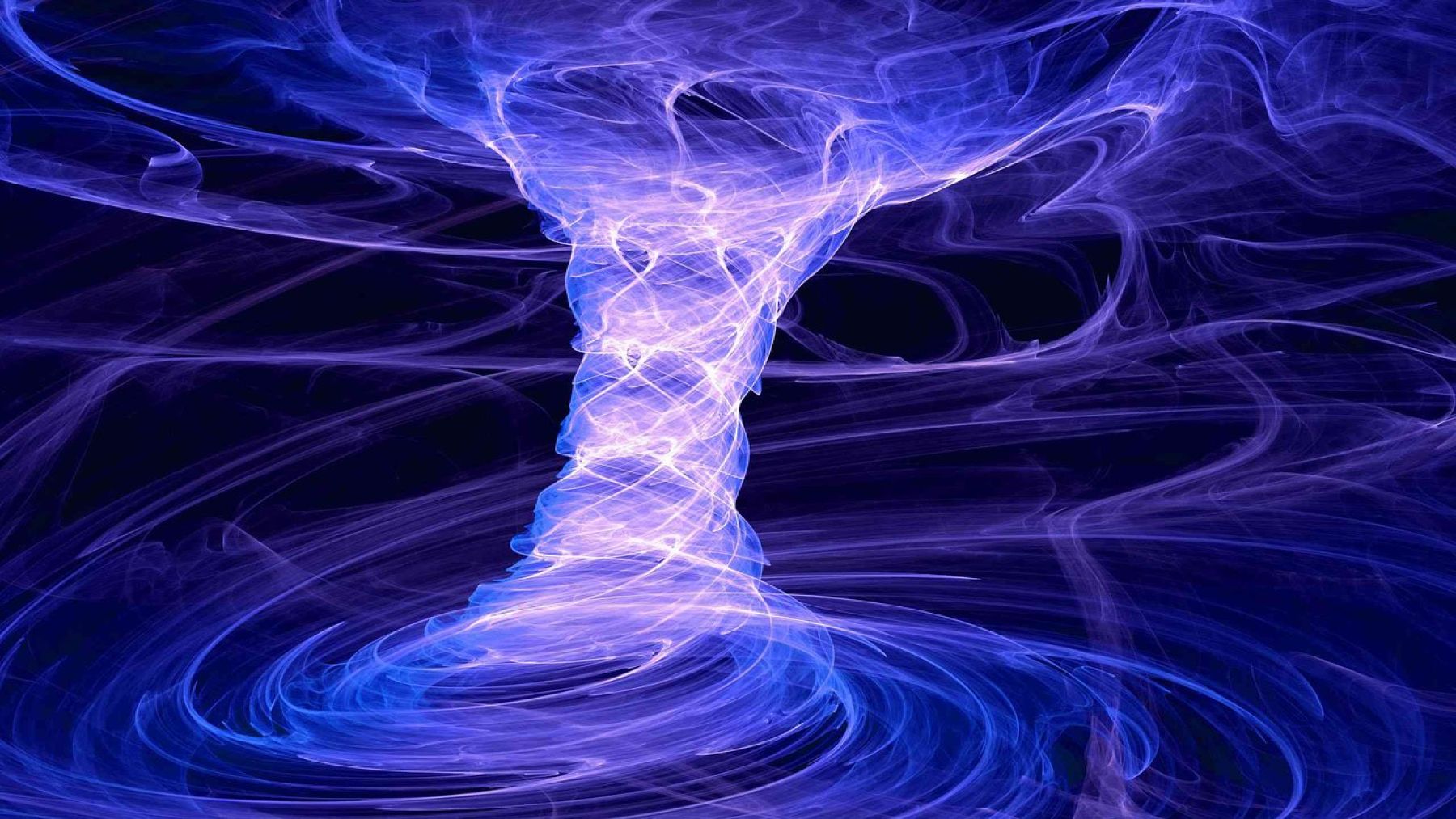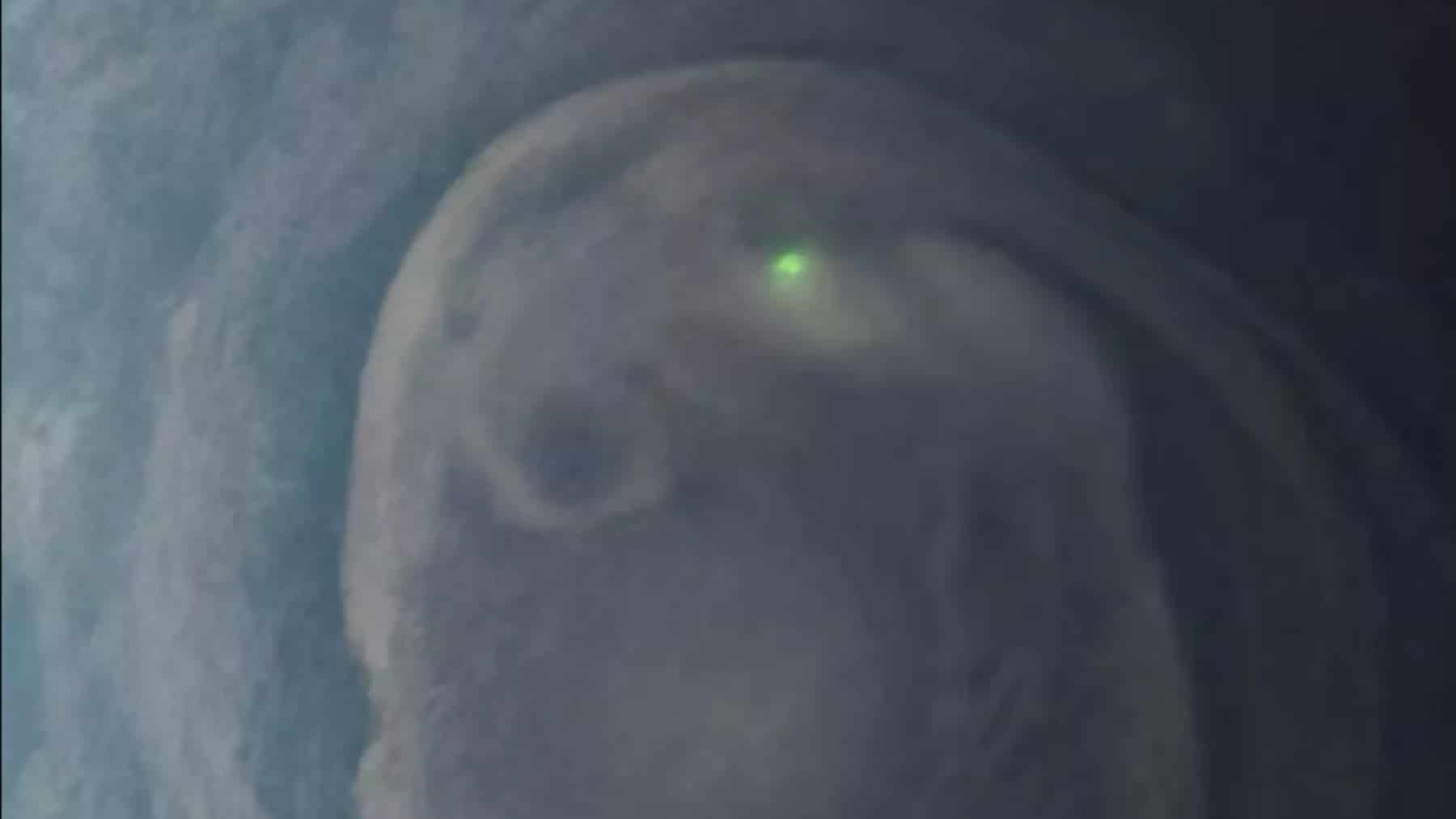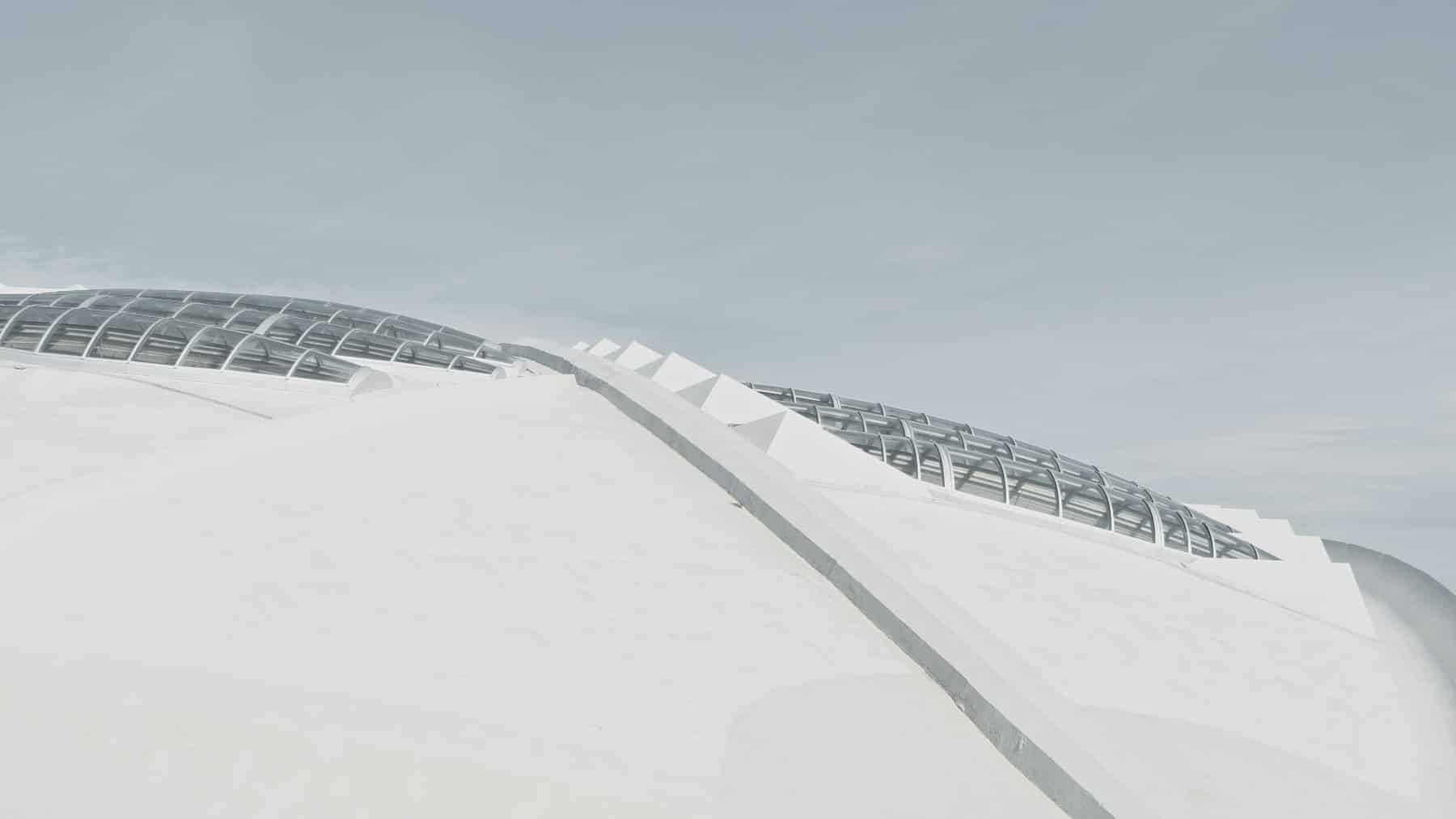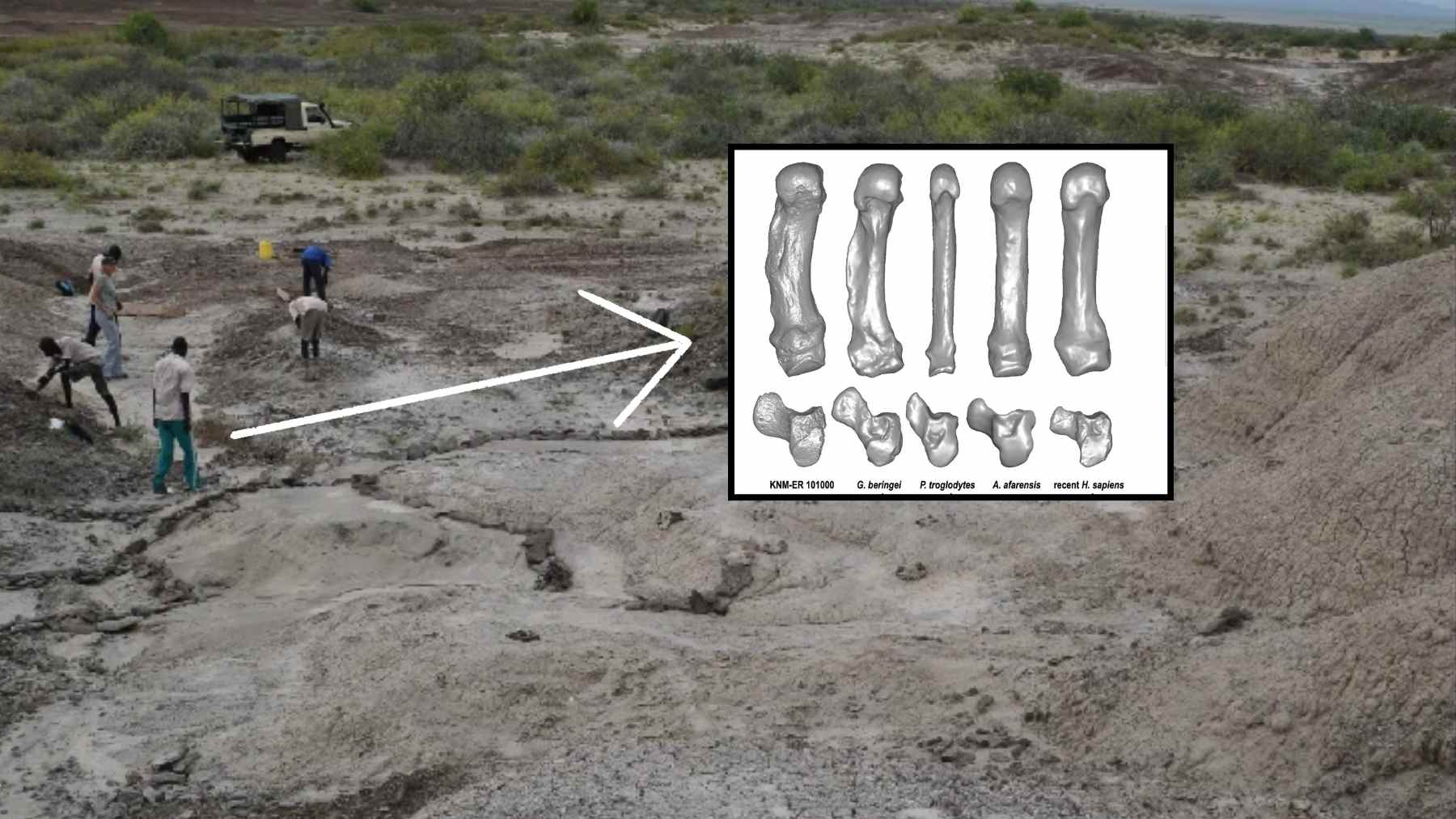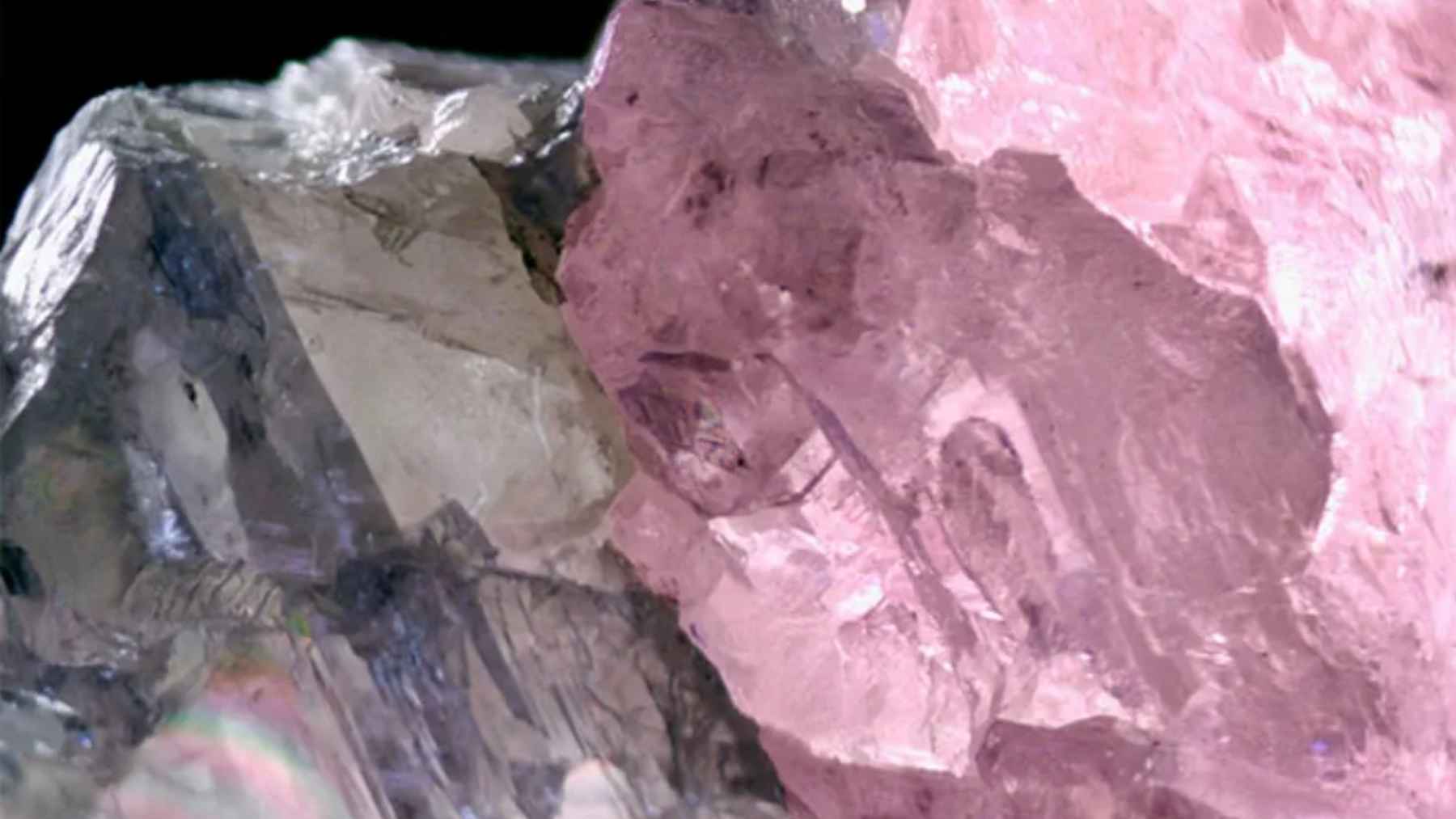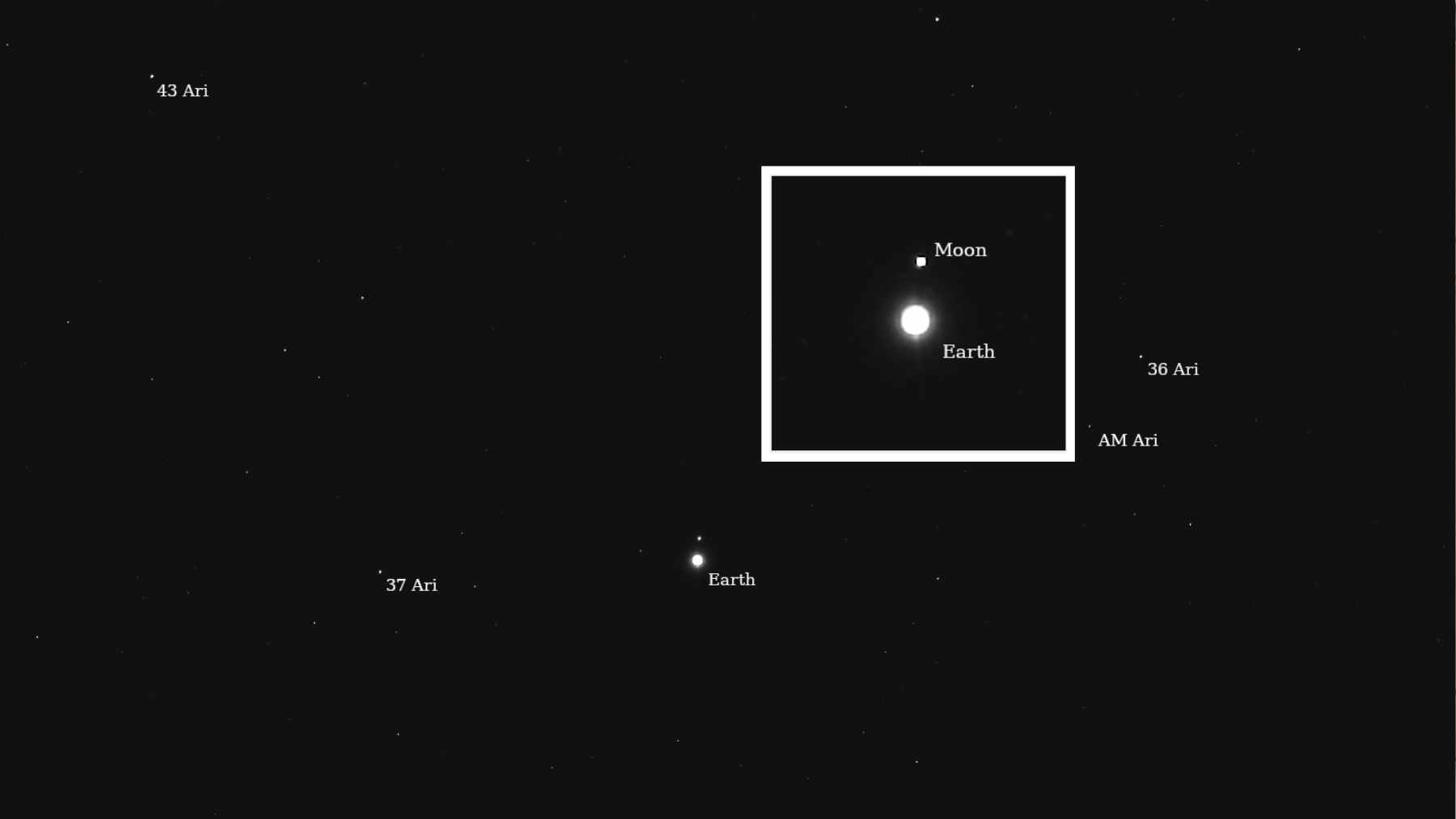Scientists and members of the public have consistently been intrigued by the scientific theory of wormholes, which Einstein-Rosen bridges describe. Scientists now suggest that recent observations might have made the existence of space-time connecting wormholes observable. The latest scientific findings about these discoveries are discussed while exploring how Einstein’s theories supported them.
Wormholes explained: This is how spacetime could fold on itself
Theoretical formulations of wormholes occur through solutions found within Einstein’s general theory of relativity. According to their model, two distinct spacetime points are connected through a tunnel-like structure. Albert Einstein and Nathan Rosen initially developed this concept during the 1930s. Einstein and Rosen established that black hole spacetime structures could link up with white hole steep peaks, which would create a wormhole connection.
Scientific theory suggests that such a connection could span immense distances across space, allowing materials to cross it unharmed for an appearance on either side. The theoretical structure of wormholes grows from black holes and gravitational field concepts, even though such bridges exist only hypothetically. Scientific experts continuously argue whether these properties occur independently of exotic matter requirements. The discovery of stable wormholes would transform our knowledge about space exploration.
Shocking new evidence: What astronomers may have mistaken for black holes
Resistance from Sofia University physicists in Bulgaria shows that certain objects formerly labelled black holes could potentially be wormholes. Scientists at Sofia University created a basic model of wormhole throat dynamics, depicting the system as a magnetized fluid ring. They analyzed the accretion discs, which enabled them to establish separate features that distinguish wormholes from black holes, thus offering novel insights into these unique astronomical objects.
The main identification indicator for a wormhole consists of specific polarized light characteristics from heated materials surrounding its structure. The unique signatures that wormholes emit override the distinct patterns typical of black holes, thus making them detectable by Event Horizon Telescope observatories. Establishing this pathway enables scientists to detect wormholes, thus verifying theoretical models about wormholes alongside advanced measurements of extreme gravitational effects. Such possible findings have the potential to create a connection between the established physics concepts of general relativity and quantum mechanics.
Confirming these newfound observations would create unstoppable consequences for astrophysics because it would transform our understanding of spacetime and universe structure. Scientific experts believe that the existence of wormholes can transform space exploration because these cosmic bridges might function as transportation between distant universe domains, thus allowing humans to explore interstellar spaces in the future. Scientific researchers request the implementation of improved observational studies alongside better equipment to prove wormhole existence and expand our knowledge of modern physics.
Einstein’s theories were right: Could wormholes make interstellar travel possible?
Einstein’s theories remain at the peak of our understanding of the universe. General relativity features how his theories established the existence of wormholes. New research findings indicate that Einstein made a wise prediction by suggesting the occurrence of space-time bridges.
New doors will open for scientific exploration because scientists can now distinguish wormholes from black holes due to recent discoveries. Wormholes, which might exist, would enable long-distance interstellar space travel. Future discussions about space exploration will continuously involve debates about its effects on human destiny because wormholes might exist.
The future of wormhole research: What’s next for space scientists?
The scientific discovery of wormholes would substantially change our cosmic space concepts. Examining these structures by science needs better evidence to establish their existence and study possible applications. The scientific community utilizes the latest technology to create refined observation methods and better theoretical models to increase their ability to detect wormholes.
The research investigation would provide insights into important physics questions, including spacetime behaviour and wave and particle responses. Astronomers use advanced technology to find evidence that will strengthen the wormhole hypothesis. Science will most likely deliver groundbreaking space navigation principles and location insights for humanity during the upcoming decade.
Scientists believe these mind-bending structures have already been observed because new wormhole research expanded Einstein’s revolutionary theories. Scientists’ discovery of wormholes will establish new expeditionary ways to understand spacetime and the cosmos.
